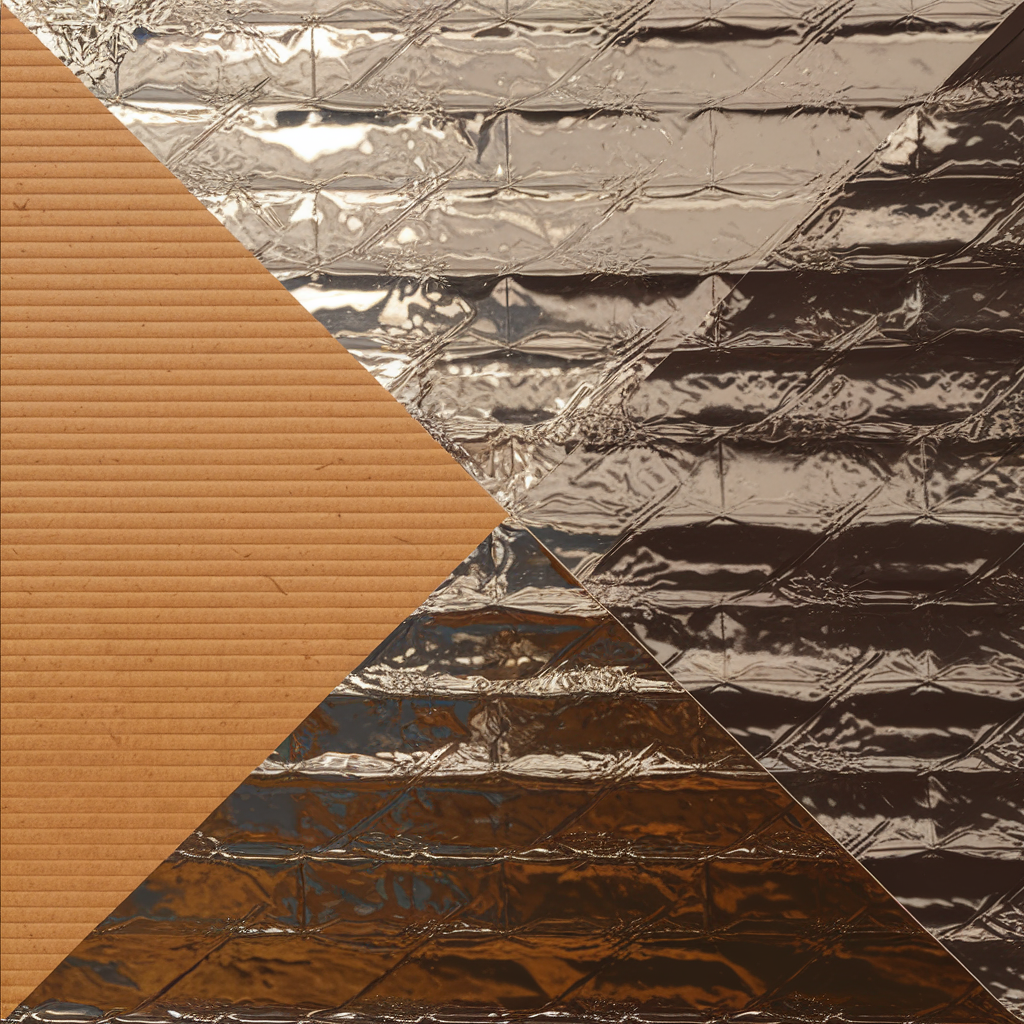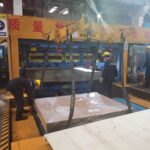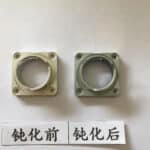Introduction
Ever wondered how that shiny roll of aluminum foil in your kitchen comes into existence? Well, wonder no more! This article will take you through the fascinating journey of aluminum foil production, from its origin as bauxite ore to the final product you use to wrap your food or insulate your home. Let’s dive in!
The Aluminum Foil Manufacturing Process
Bauxite Mining and Extraction
The story of aluminum foil starts with bauxite, a sedimentary rock rich in aluminum hydroxides. Bauxite is primarily found in tropical and subtropical regions, with the largest reserves in Australia, Brazil, and Guinea. To extract the aluminum, bauxite is first mined and then crushed into smaller pieces, which are then mixed with water to create a slurry. The slurry is processed using a method called the Bayer process, which separates the aluminum hydroxide from the impurities in the ore.
Alumina Production
After the Bayer process, the aluminum hydroxide is transformed into alumina, or aluminum oxide, through a process called calcination. In this step, aluminum hydroxide is heated to about 1000°C, causing it to lose water and become a fine white powder called alumina. Alumina is the basis for aluminum production and is further processed to create the metal.
Aluminum Smelting
Aluminum is produced from alumina using the Hall-Héroult process. In this process, the alumina is dissolved in a molten electrolyte made up of aluminum oxide and cryolite. A strong electric current is then passed through the electrolyte, causing the aluminum ions to separate from the oxygen ions. The aluminum ions are attracted to the cathode, where they collect as molten aluminum. This aluminum is then tapped from the cell and cast into ingots.
Aluminum Alloying and Rolling
Before aluminum can be made into foil, it is often combined with other metals to create alloys, which provide the desired properties for specific applications. The aluminum ingots are heated and rolled into thin sheets, which are then cooled and coiled. These coils are then cold-rolled to reduce their thickness even further and create the desired alloy characteristics.

Foil Production
To create aluminum foil, the rolled sheets are passed through a series of rollers, which progressively reduce the thickness of the sheet until it reaches the desired thinness. This process is known as foil rolling. The final foil is then cut, wound onto spools, and packaged for distribution.
Applications and Uses of Aluminum Foil**
Food Packaging
One of the most common uses of aluminum foil is in food packaging. The foil’s excellent barrier properties keep food fresh and protected from contamination. Additionally, it’s lightweight, flexible, and easily conforms to various shapes, making it ideal for wrapping food items or creating airtight seals for containers.
Insulation and Reflective Materials
Aluminum foil is also widely used as an insulation material in the construction industry. Its reflective properties help to keep heat in during cold weather and out during hot weather, improving energy efficiency in buildings. Additionally, foil is used in radiant barriers, which reduce heat transfer by reflecting thermal radiation, and as a vapor barrier to prevent moisture from entering walls and ceilings.
Electronics and Electromagnetic Shielding
In the world of electronics, aluminum foil serves an important purpose as an electromagnetic shielding material. It can protect sensitive electronic components from electromagnetic interference (EMI) and radiofrequency interference (RFI), ensuring the proper functioning of devices. Foil is also used as a grounding material in certain electrical applications.
Art and Decoration
Aluminum foil isn’t just a practical material; it’s also used for art and decoration. Artists and crafters use foil for embossing, sculpture, and other creative projects. In addition, foil can be found in gift wrapping, party decorations, and even fashion accessories.
Environmental Impacts and Sustainability
Energy Consumption and Emissions
The production of aluminum and aluminum foil has significant environmental impacts. The process is energy-intensive, with high electricity consumption in both the Bayer and Hall-Héroult processes. Consequently, it contributes to greenhouse gas emissions, particularly if the electricity comes from fossil fuel-based sources.
Waste Management and Recycling
Waste management is another crucial aspect of aluminum foil production. The extraction of bauxite generates a significant amount of waste material, called red mud, which must be disposed of carefully. On a positive note, aluminum foil is highly recyclable, and recycling uses only 5% of the energy required for primary aluminum production. This helps to mitigate the environmental impact of foil consumption.
Green Manufacturing Initiatives
The aluminum industry has been working to address its environmental impact by investing in green manufacturing initiatives. These efforts include the development of more energy-efficient processes, the use of renewable energy sources, and the improvement of waste management and recycling practices.
Conclusion
From bauxite mining to the creation of the final product, the manufacturing process of aluminum foil is a fascinating journey. Despite its environmental challenges, aluminum foil remains a versatile and essential material in various industries, from food packaging to electronics. As technology advances and green manufacturing initiatives continue to grow, we can expect to see even more innovative and sustainable uses for this remarkable material.
FAQs
- What is bauxite, and where is it found? Bauxite is a sedimentary rock rich in aluminum hydroxides, primarily found in tropical and subtropical regions. The largest reserves of bauxite are in Australia, Brazil, and Guinea.
- What is the Bayer process? The Bayer process is a method used to separate aluminum hydroxide from the impurities in bauxite ore, creating a slurry that can be further processed into alumina.
- How is aluminum extracted from alumina? Aluminum is extracted from alumina using the Hall-Héroult process, which involves dissolving alumina in a molten electrolyte and passing a strong electric current through it, separating aluminum ions from oxygen ions.





